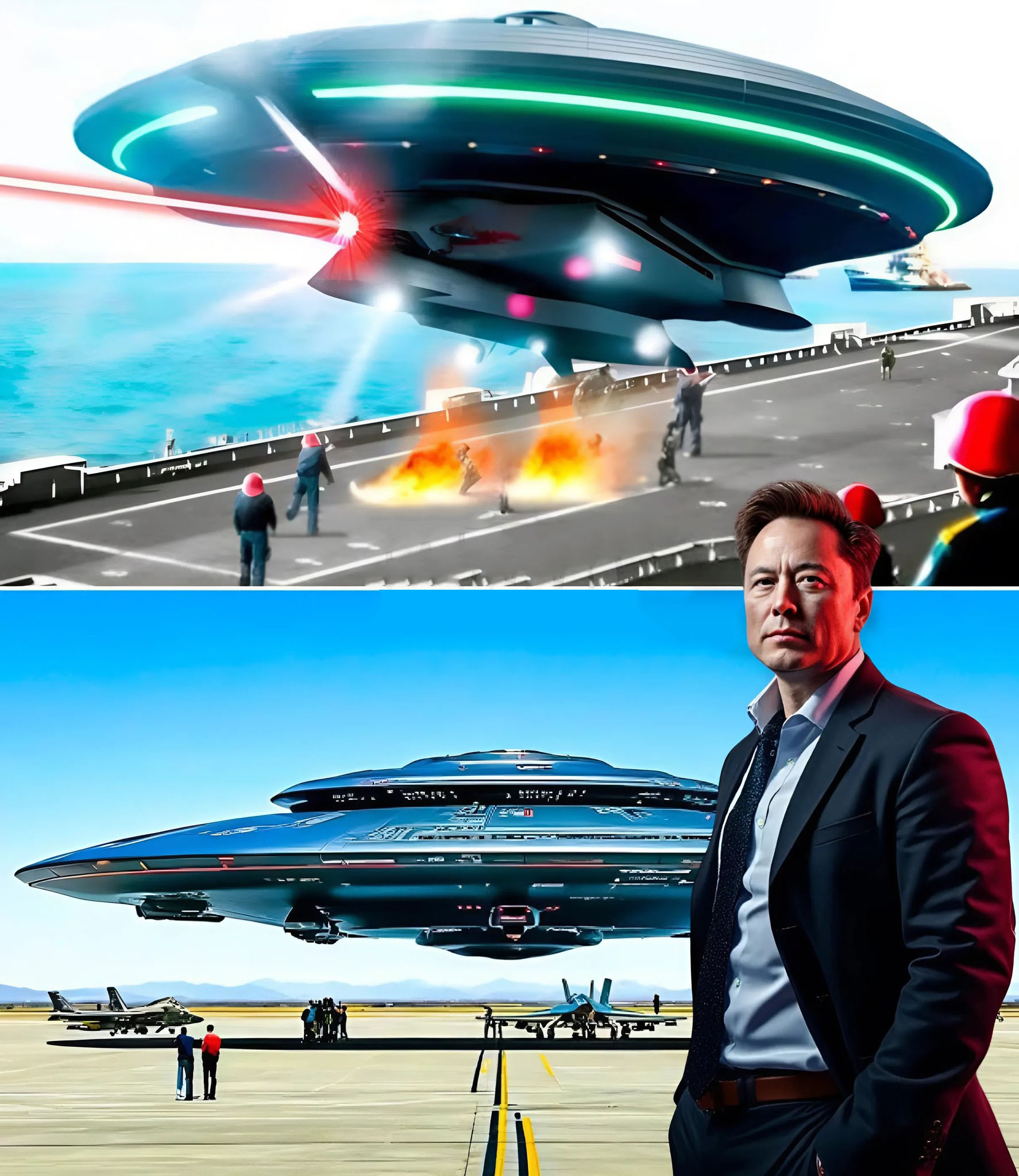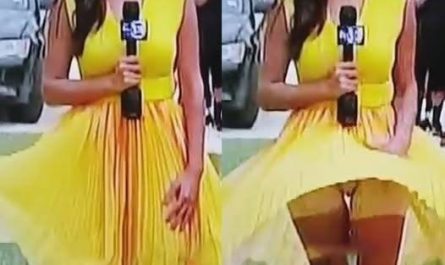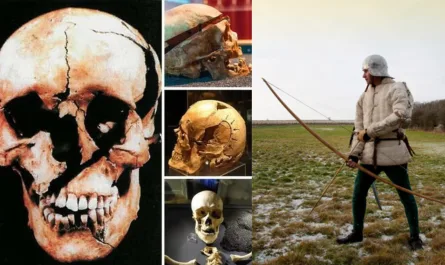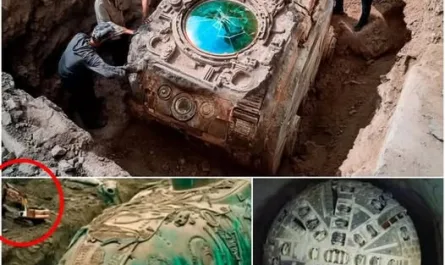It is one of those images that burns itself into memory the instant you see it. A man in a striped concentration-camp uniform stands over another man on the ground. He is holding a shovel high above his head, the blade catching the pale afternoon light. The man on the ground, an SS guard stripped of his jacket and belt, looks up with the blank expression of someone who already knows the blow is coming. A second former prisoner points angrily at the guard, as if testifying: this one, this one especially.
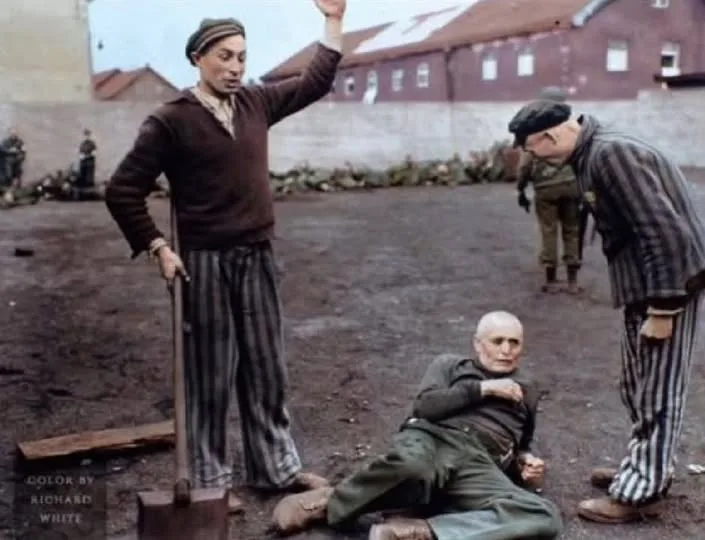
In the background, an American soldier walks away, his back deliberately turned. He will not watch what happens next.
This is Dachau, minutes after liberation.
The photograph (originally black-and-white, now widely seen in colorized form) was taken in the coal yard beside the SS barracks on April 29, 1945. U.S. troops of the 42nd and 45th Infantry Divisions had just forced open the gates of the oldest Nazi concentration camp. What they found inside defied language: boxcars overflowing with corpses, 32,000 skeletal survivors, thousands already dying of typhus and starvation.
The rage was immediate and volcanic.
In the first chaotic hour, some SS men who had not fled were shot outright by American soldiers. Others were handed over to the prisoners they had tormented for years. Along the wall behind the scene in the photograph lie the bodies of seventeen guards—some executed by GIs, others beaten or stabbed to death by men who had waited years for this moment.
The guard on the ground had, according to survivors present that day, been notorious for his cruelty toward women and children. When the prisoners recognized him among the captured SS, they dragged him to the coal yard. The man with the shovel had been imprisoned for years; his body was emaciated, his eyes hollow, but his arm was steady.
The shutter clicked once. Seconds later the shovel came down. The guard was dead before the echo faded.
The American soldier who turned away was not alone. Many GIs that afternoon looked the other way—or worse. The official investigation afterward was perfunctory; no one was ever prosecuted for the killings in the coal yard. General George S. Patton himself reportedly dismissed the matter with the words, “Still had weapons, huh? Well, let them have it.”
History remembers the incident as the “Dachau reprisal” or sometimes the “coal-yard massacre,” depending on who is telling the story. To some it is an understandable outburst of retribution after unimaginable horror. To others it is a stain on the idea of justice. Most simply see it as the raw edge where liberation met the reality of what human beings can do to one another.
The photograph survives because it refuses to let us look away, even when the soldier in the background does. It is not a heroic image. It is not a comfortable one. It is the unfiltered moment when the victims became executioners and the liberators became bystanders, all in the same breath.
Eighty years later the shovel still hangs in the air, frozen between crime and punishment, between the end of one horror and the beginning of another question we have never fully answered:
When evil has been absolute, what does justice look like?

